Let’s talk about bullying and the books that teach kids about bullying and kindness.
Disclaimer: At Wonderly Made, we are committed to providing honest and unbiased product reviews to help parents make informed decisions.
Wonderly Made is a participant in the Amazon Services LLC Associates Program, an affiliate advertising program designed to provide a means for us to earn fees by linking to Amazon.com and affiliated sites. This means that when you purchase through links on our site, we may earn a small commission at no extra cost to you.
We only recommend products we genuinely love.
From my perspective as a mom, one of the hardest things to think about is the possibility that my child could be bullied or even be the one hurting someone else at school. When kids are just starting out, in kindergarten through about fifth grade, they are so incredibly tender. These years are full of firsts: first friends, first disagreements, first big feelings that they don’t always know how to handle. It’s a fragile age where a lot of what happens, good or bad, quietly shapes how they see themselves and the world around them.
The truth is, not every child will come home and say, “Mom, someone hurt my feelings today.” Sometimes they don’t have the words, or they’re afraid, or they feel ashamed. As parents, it’s our job to look for the signs – changes in mood, trouble sleeping, wanting to stay home from school, unexplained tummy aches, or even sudden anger or withdrawal. Sometimes it’s subtle, like losing interest in favorite activities or seeming extra clingy at home. These little clues are their way of telling us something isn’t right, even if they can’t say it out loud yet.
When we do notice something is wrong, it’s so important not to brush it off as “kids being kids.” We have to listen carefully, stay calm, and open the door for them to talk when they’re ready. Ask gentle questions without pushing too hard. And when they do share, validate their feelings let them know it’s not silly, it’s not their fault, and they are not alone. Then, take action: connect with their teacher, school counselor, or principal. Schools need to be involved early on because at this stage, patterns of behavior can either be corrected with kindness and guidance, or sadly, left to grow worse.
But just reacting when something happens isn’t enough. As moms, we also need to prepare our kids ahead of time. Teach them what kindness looks like, what being a good friend sounds like, and that it’s okay – and brave – to speak up if they see something wrong, whether it’s happening to them or someone else. Help them practice words they can use if someone is unkind: simple phrases like “Please stop,” “That’s not nice,” or “I’m going to tell a teacher.” We also have to work on building their self-esteem every single day so that if someone tries to tear them down, they have the inner strength to stand tall.
One of the most powerful ways we can prepare our kids for the tough moments, like when they experience or witness bullying, is through reading together. Books open up conversations that kids might not know how to start themselves. They let children see different situations through someone else’s eyes, helping them build empathy, kindness, and patience without it feeling like a lecture. Stories stick with kids. Sometimes a character’s journey helps them find the right words or the right courage long after the book is closed.
Everyday reading isn’t just about practicing letters or building vocabulary. It’s about shaping hearts. When we read about kindness, forgiveness, and standing up for others, we’re giving our kids tools they can carry into real life. And not just once – this kind of reading should be woven into everyday life, even if it’s just one small story before bed or a conversation about a book they read at school. The more we normalize talking about feelings, mistakes, and kindness, the more natural it becomes for kids to speak up when they need help or when someone else does.
Books About Kindness, Courage, and Handling Hard Situations:
“Have You Filled a Bucket Today?“ by Carol McCloud – A simple, sweet story that teaches kids how small acts of kindness fill others’ (and their own) “invisible buckets.”
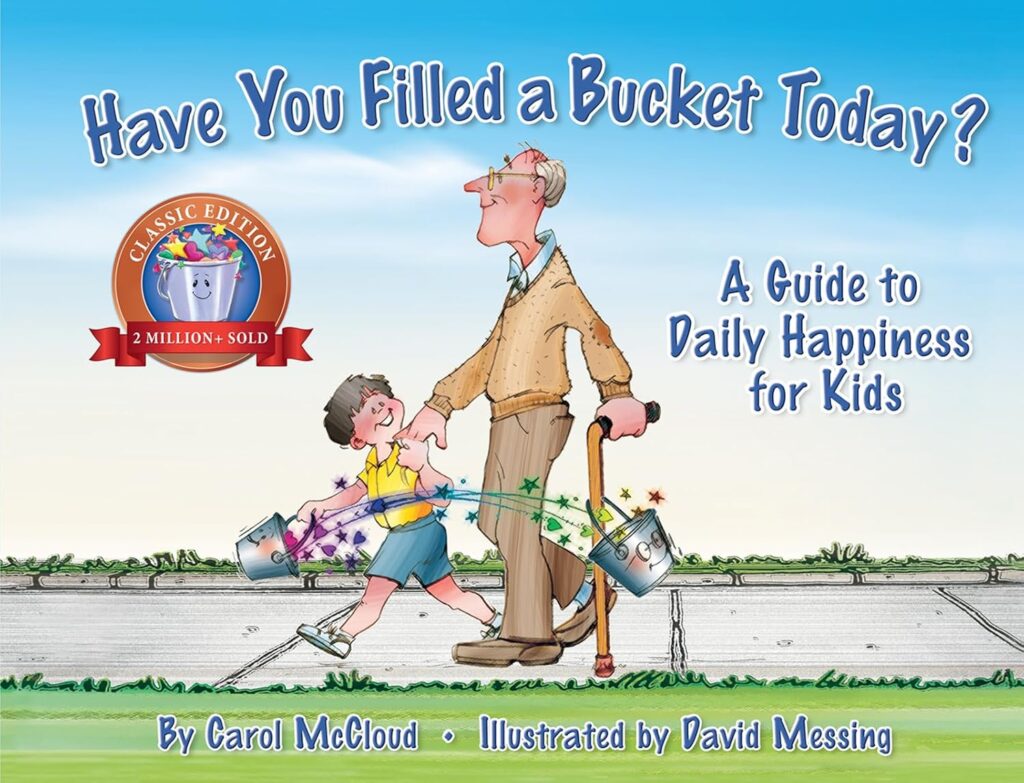
“Chrysanthemum” by Kevin Henkes – A beautiful, relatable story about teasing, self-esteem, and self-acceptance.
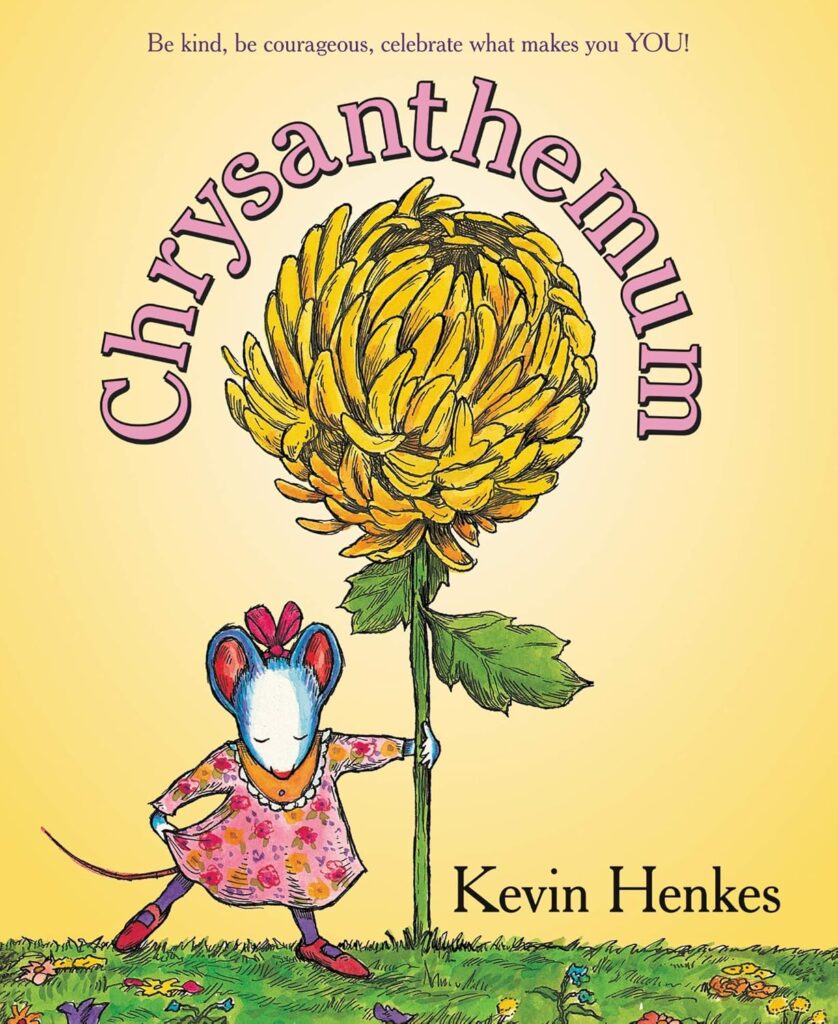
“Stand Tall, Molly Lou Melon” by Patty Lovell – A joyful, inspiring book about being proud of who you are, no matter what others say.
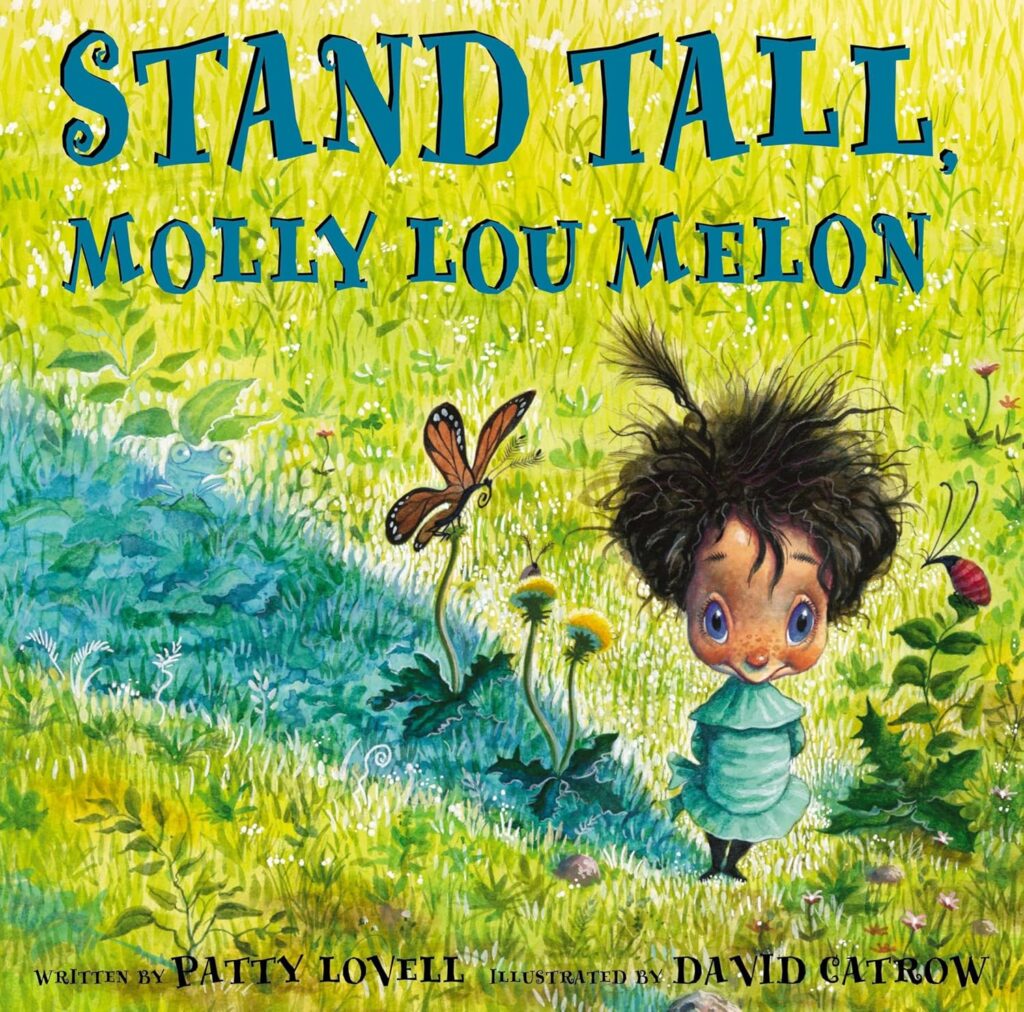
“The Invisible Boy” by Trudy Ludwig – Recommended by many school counselors, this story shows how simple acts of inclusion can change a child’s life.
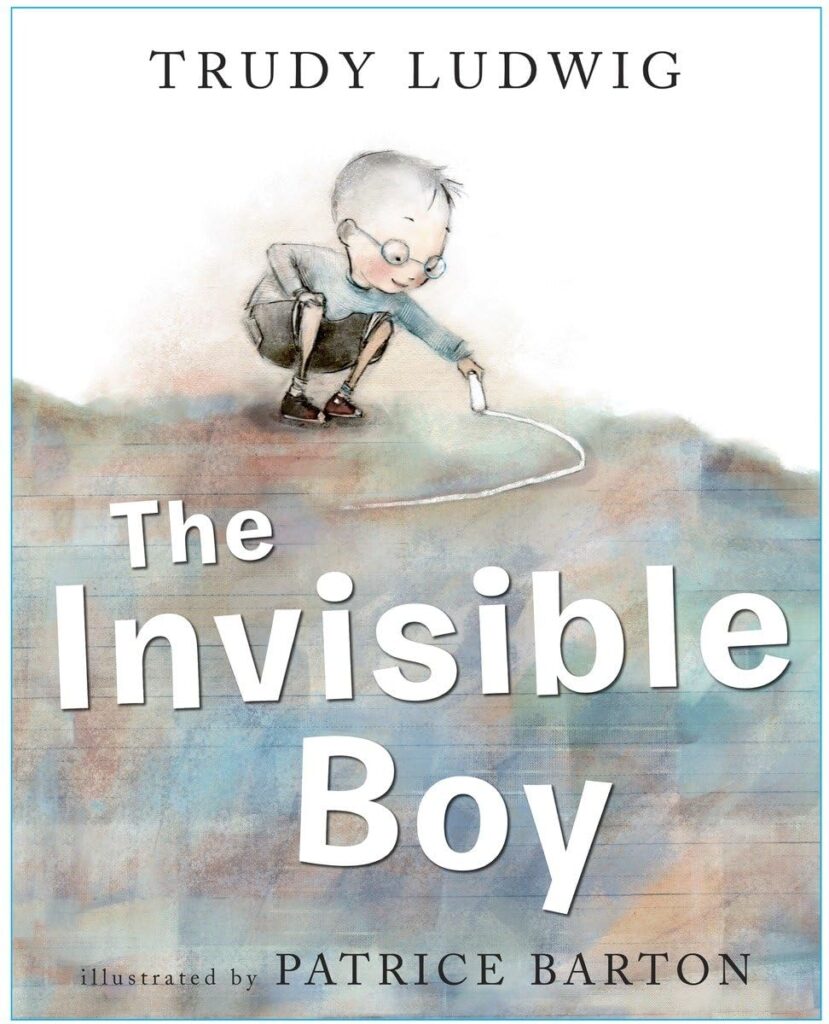
“Each Kindness” by Jacqueline Woodson – A moving, honest story that shows how small missed opportunities for kindness can leave a big impact.
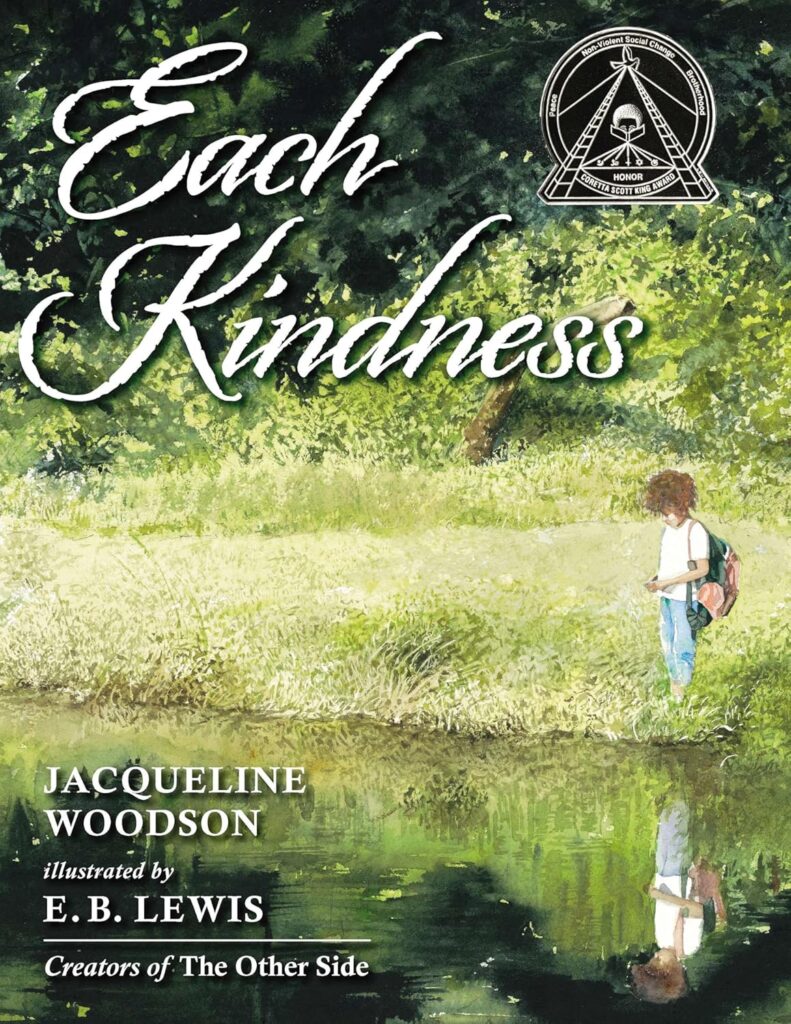
“Enemy Pie” by Derek Munson – A fun and gentle way to talk about misunderstandings and building friendships.
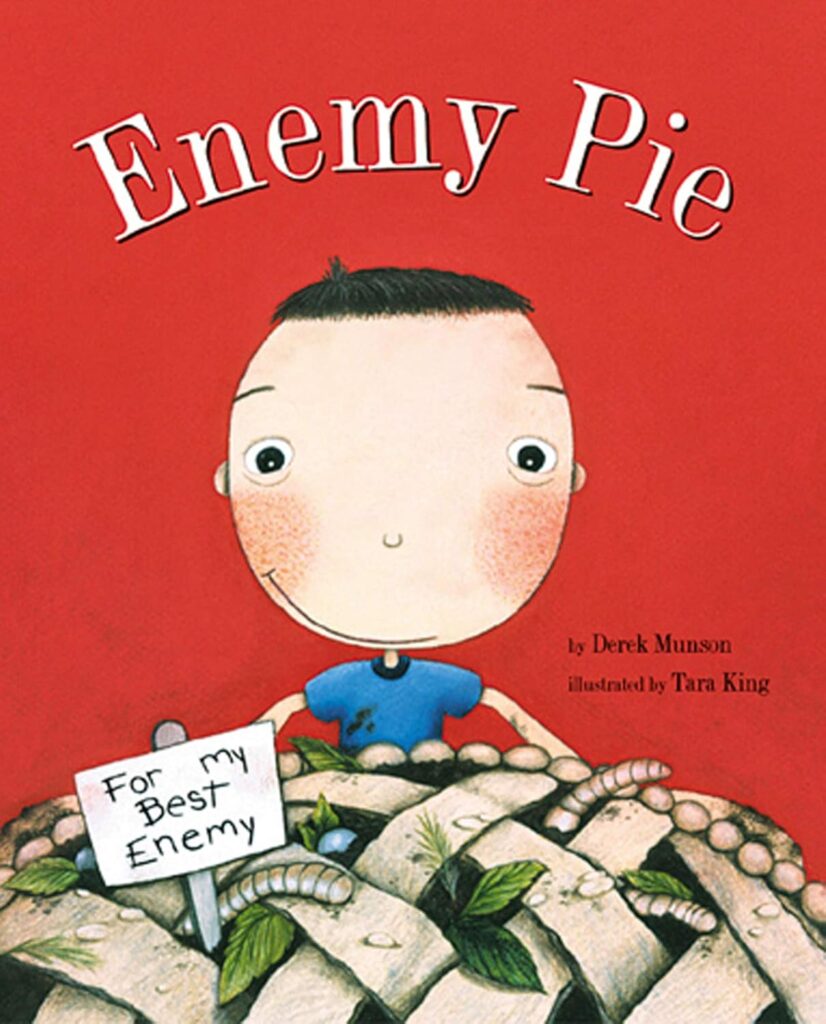
“I Walk with Vanessa” by Kerascoët – A wordless picture book that powerfully tells the story of standing up against bullying through simple acts of kindness.
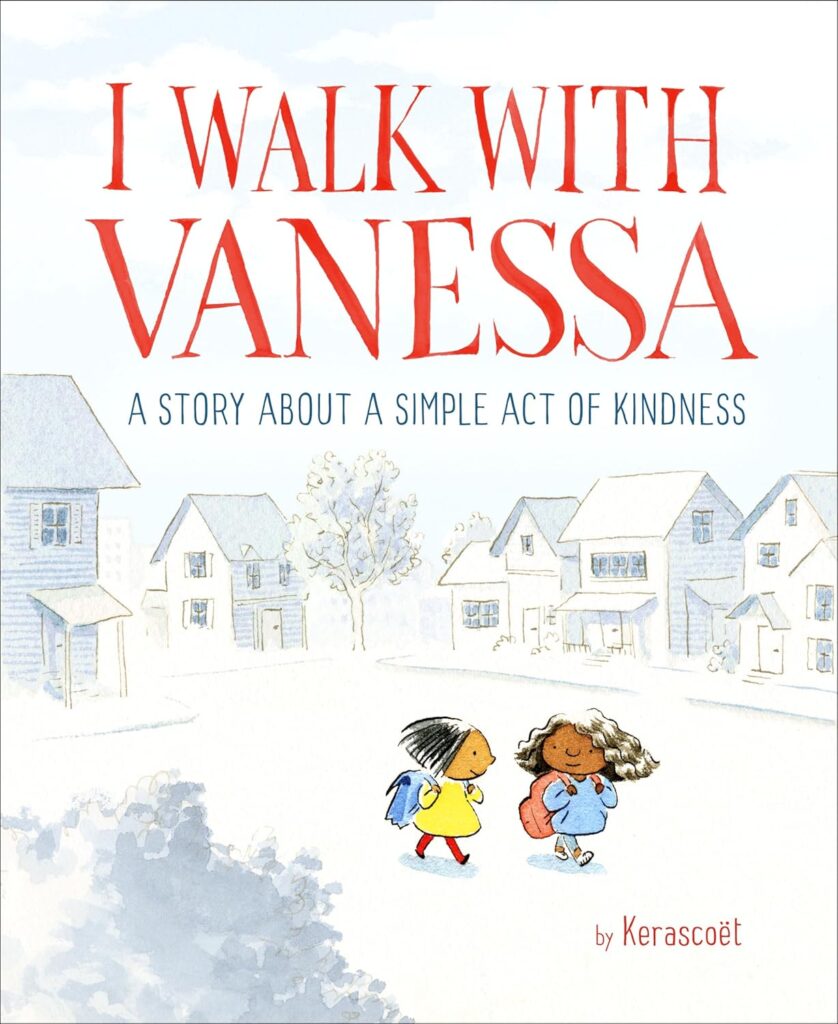
Books like these help kids feel the importance of kindness, not just hear about it. They also give parents the perfect opening to talk about what kindness looks like in their child’s own world – at recess, at the lunch table, in the hallway.
Books That Help Kids Understand Bullying:
It’s also so important to include stories that talk directly about bullying. Sometimes kids don’t even realize that what’s happening to them – or around them – isn’t okay. Reading about it in a safe, gentle way helps them recognize bullying, understand that it’s not their fault, and learn that they have a right to speak up and ask for help. Stories can also show them healthy ways to respond, without feeling like they’re being lectured.
“Llama Llama and the Bully Goat” by Anna Dewdney – A simple, comforting story for younger kids about dealing with unkindness and standing up for yourself and friends.
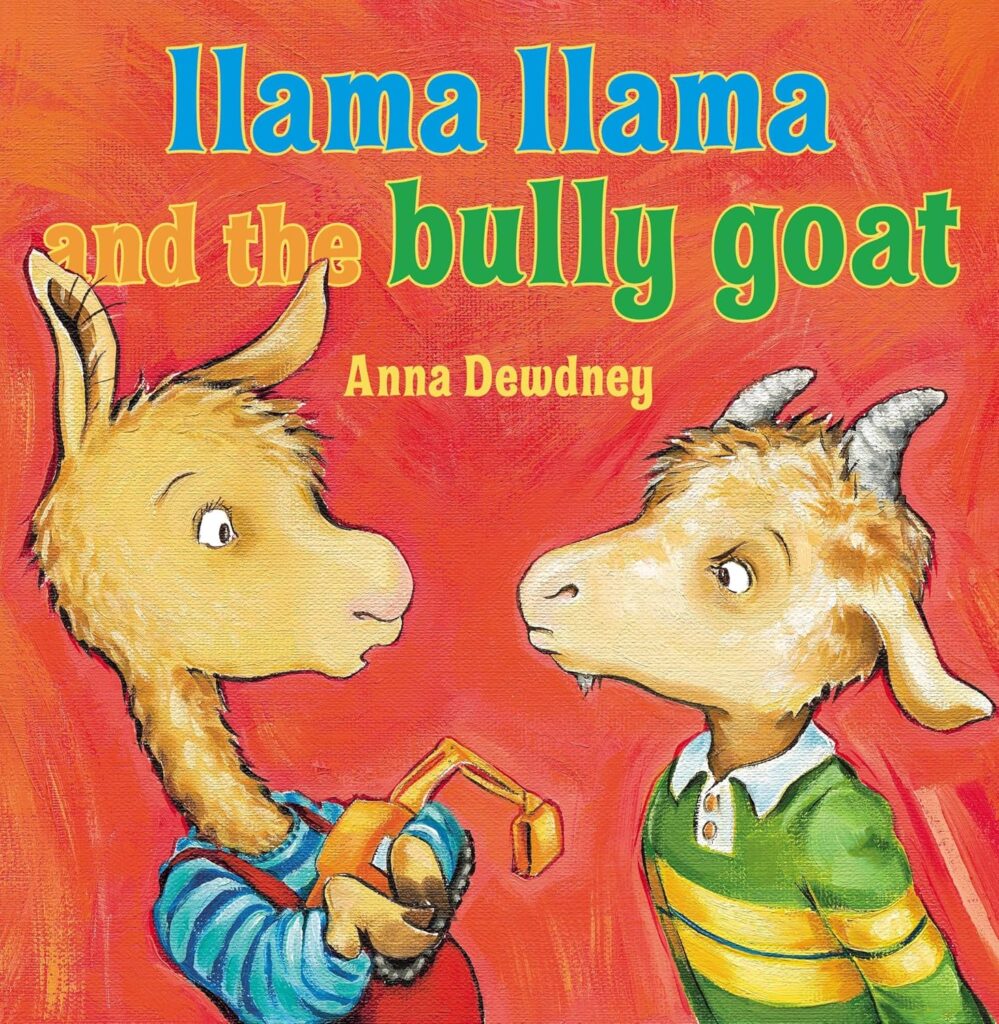
“Confessions of a Former Bully” by Trudy Ludwig – A very relatable book told from the perspective of a child who learns how hurtful bullying can be and works to change.
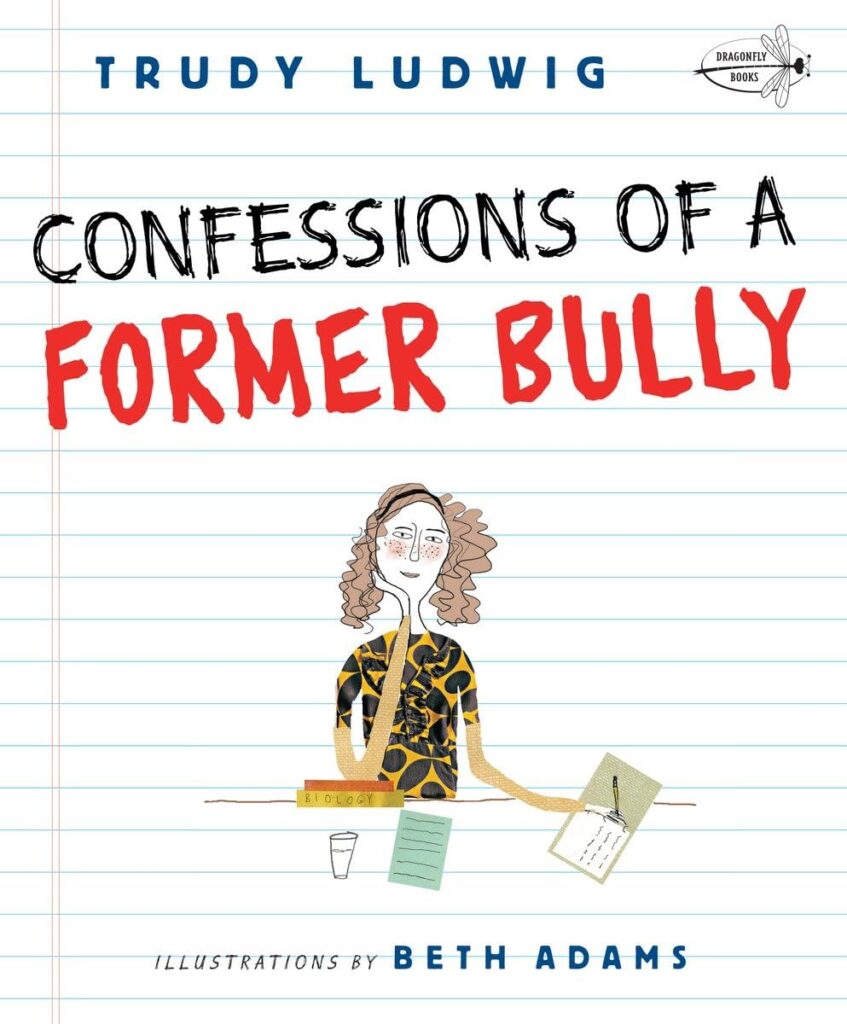
“Tease Monster” by Julia Cook – Is the Tease Monster a friend or a foe? That’s what “One of a Kind” has to figure out in this quirky tale that teaches young readers the difference between nice teasing and mean teasing.
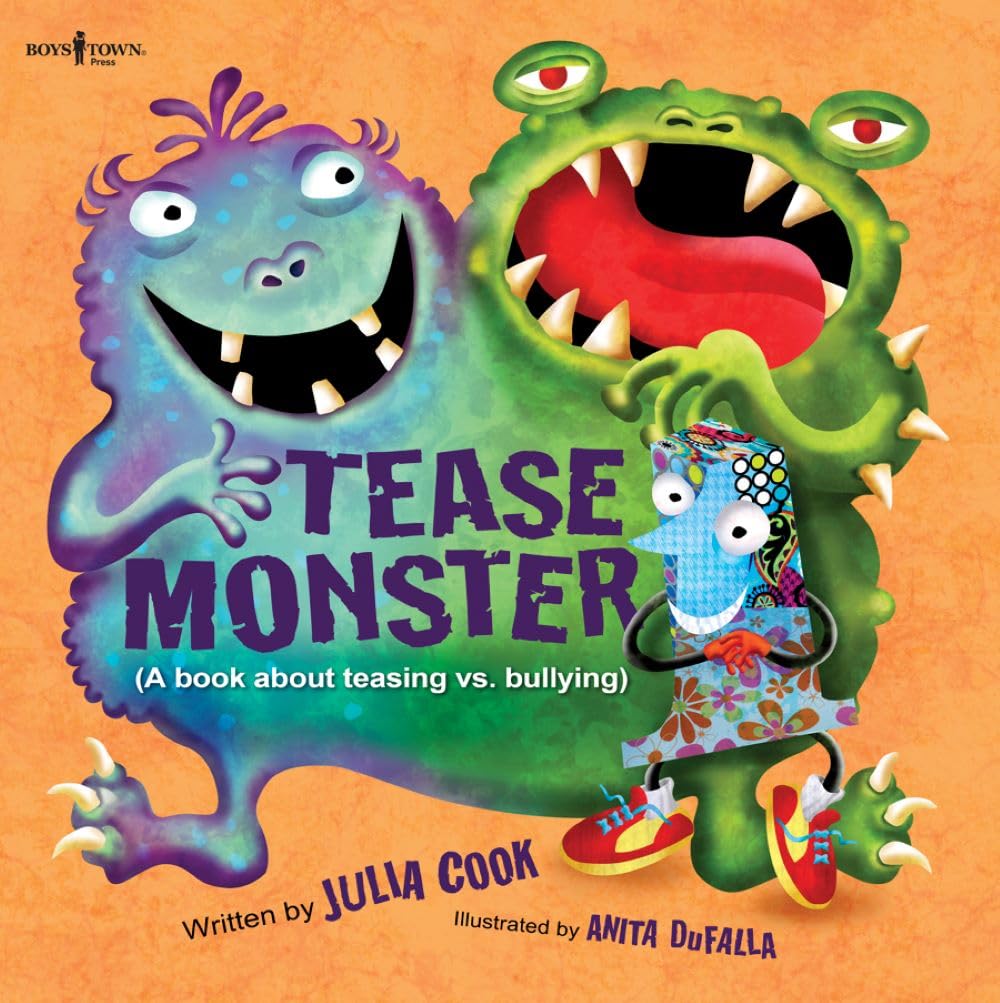
“My Secret Bully” by Trudy Ludwig – A story about relational aggression (the quiet, sneaky kind of bullying among friends) and how to handle it with courage and support.
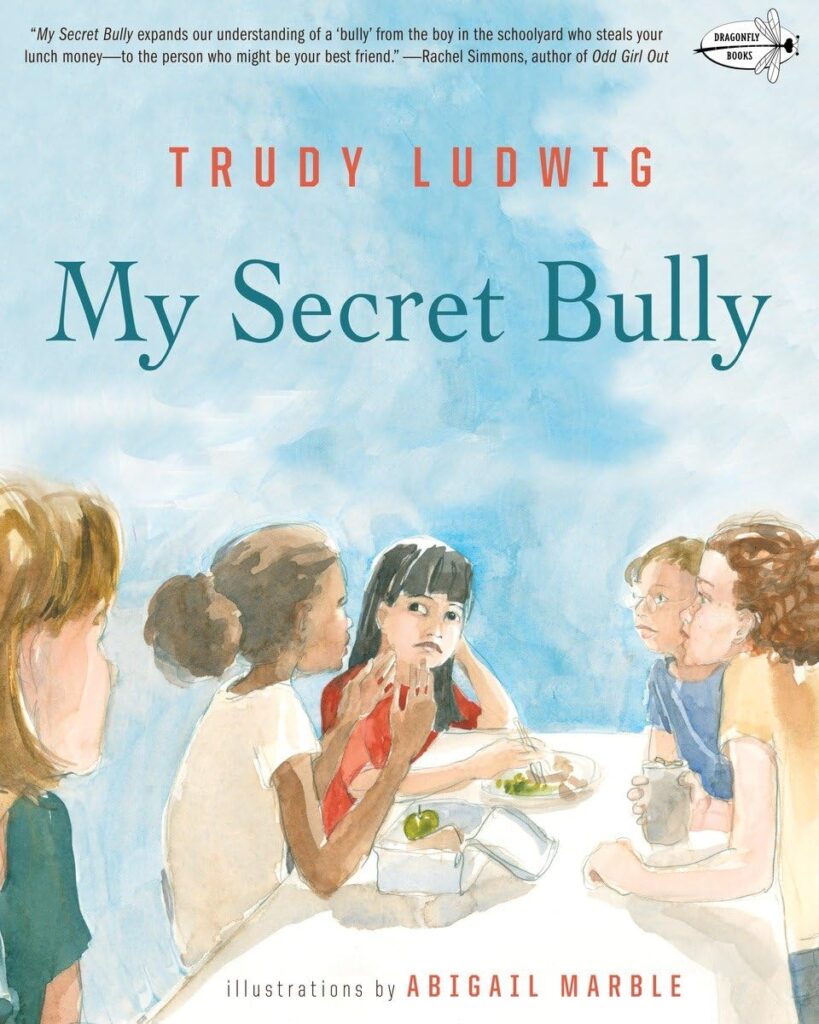
“The Juice Box Bully” by Bob Sornson and Maria Dismondy – A great book that teaches the idea of a class community where everyone promises to stand up for each other.
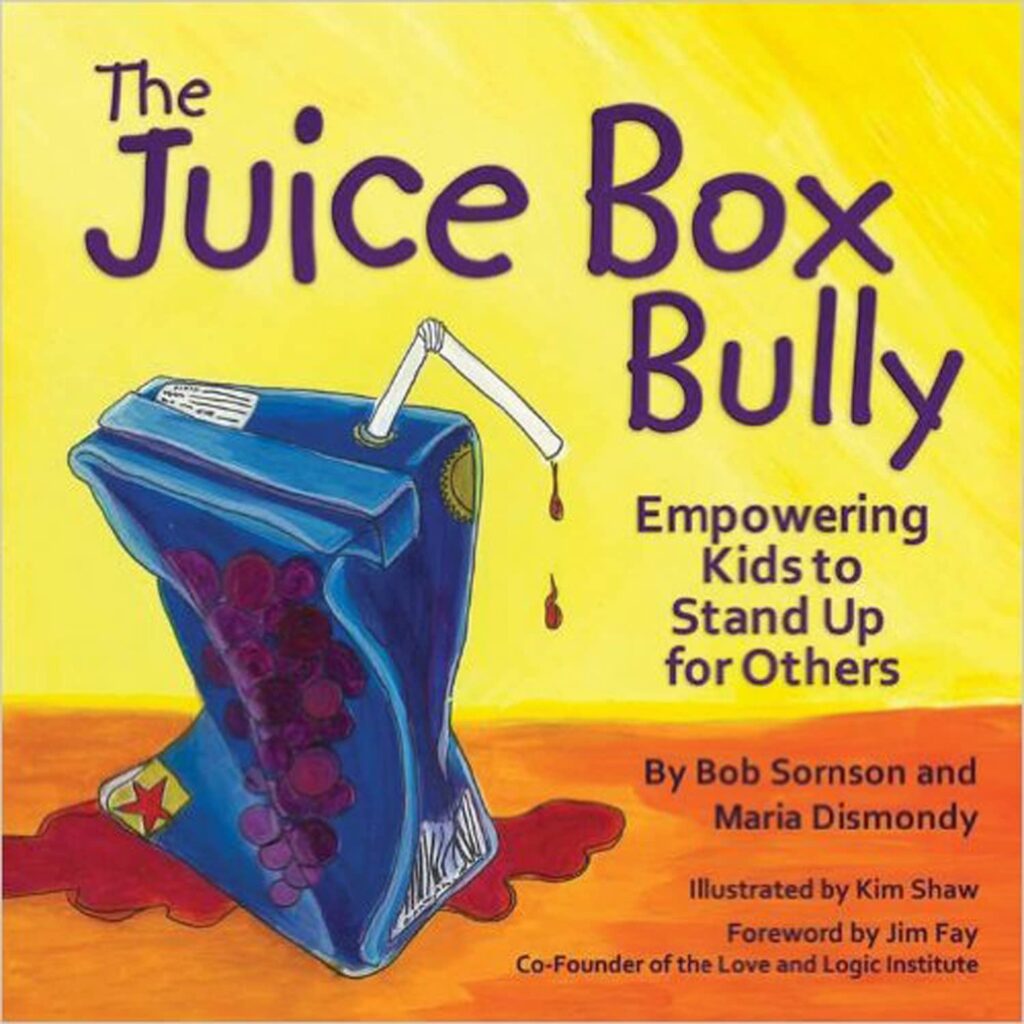
These books give kids not just awareness, but also tools – words they can say, ways they can protect their feelings, and the knowledge that asking for help is a brave and important thing to do.
How to Read These Books With Your Child
When you read stories about kindness, bravery, or handling hard situations, try to slow it down a little. Pause to ask your child simple questions like, “How do you think she felt?” or “What would you do if that happened at your school?” You don’t need a formal “lesson” every time, just little conversations that show your child you care about their thoughts and feelings. Sometimes, you’ll be surprised at what they notice or how much they open up when it feels safe and casual.
You can also help them connect the stories to real life by gently pointing out similar situations: “Remember when your friend was feeling left out at recess? That was a chance to fill someone’s bucket, just like in the story.” Little by little, these connections help kids build their inner compass – that quiet voice that knows what kindness looks like and feels confident standing up for it.
Most importantly, enjoy these moments. Reading together, snuggled up in a cozy chair or before bedtime, is not just about preparing for hard things. It’s about building trust, strengthening your bond, and reminding your child that no matter what happens out there in the big world, home will always be a safe place full of love, listening, and understanding.

